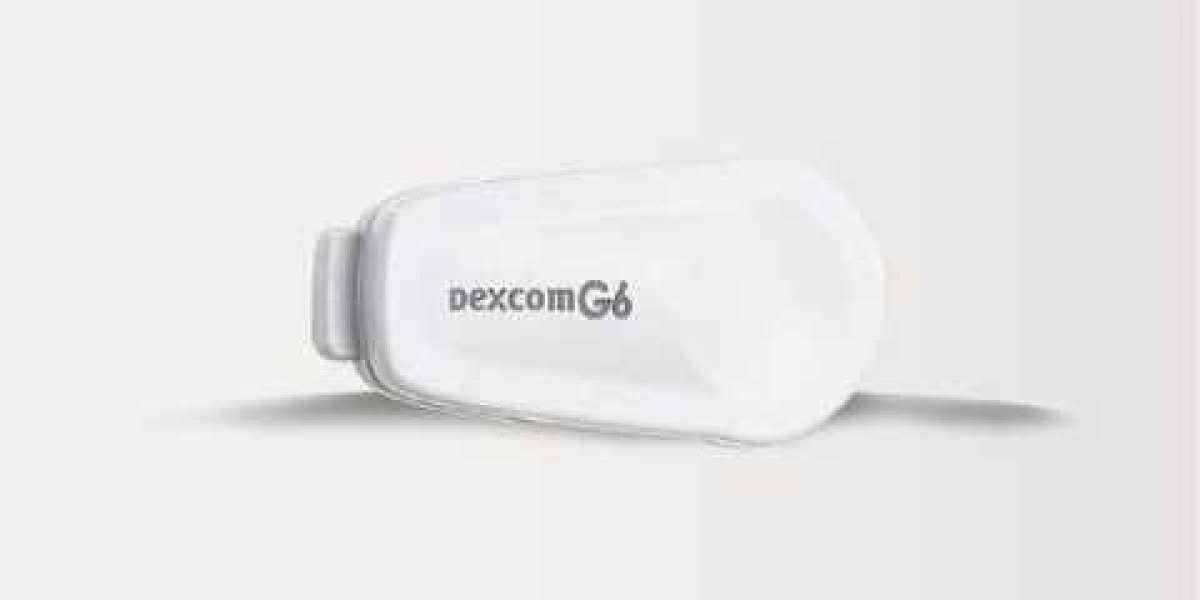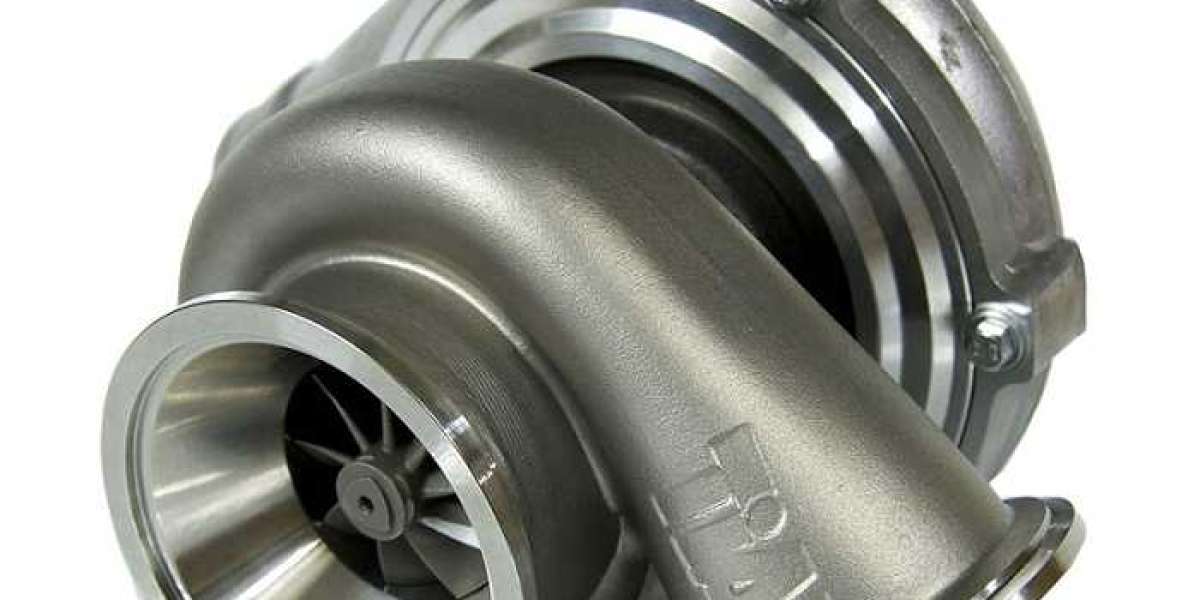Managing diabetes effectively often involves the use of advanced technology like the Dexcom G6 Continuous Glucose Monitoring (CGM) system. This tiny, yet powerful device, provides real-time glucose readings, helping you make informed decisions about your health. But like all tech gadgets, the Dexcom G6 transmitter has a lifespan and needs to be replaced periodically. In this guide, we’ll walk you through the entire process of replacing your Dexcom G6 transmitter to ensure you continue receiving accurate and reliable glucose data.
Understanding the Dexcom G6 System
The Dexcom G6 is a state-of-the-art CGM system designed to monitor your glucose levels continuously. It consists of three main components: the sensor, the transmitter, and the receiver (or a smart device with the Dexcom app). The sensor measures glucose levels just beneath your skin, the transmitter sends this data wirelessly, and the receiver or app displays your glucose readings.
Why You Need to Replace the Transmitter
The Dexcom G6 transmitter is essential for sending glucose data from the sensor to your display device. However, it runs on a battery that typically lasts about three months. Once the battery dies, the transmitter cannot function, necessitating a replacement. Additionally, a worn-out transmitter may show signs such as frequent signal loss or inaccurate readings, indicating it's time for a new one.
Preparing for the Replacement
Before you begin the replacement process, ensure you have all necessary supplies: a new Dexcom G6 transmitter, the current sensor, and your smart device with the Dexcom app installed. Having everything on hand will make the process smooth and hassle-free.
Step-by-Step Guide to Replacing the Dexcom G6 Transmitter
Step 1: End the Current Sensor Session
First, you need to end your current sensor session. Open the Dexcom app, navigate to the settings, and select “Stop Sensor.” Confirm the action to stop receiving data from the old transmitter.
Step 2: Remove the Old Transmitter
Carefully remove the old transmitter by pressing the tabs on both sides to release it from the sensor. Be gentle to avoid damaging the sensor if it’s still usable.
Step 3: Insert the New Transmitter
Take your new transmitter and align it with the sensor’s slot. Press firmly until you hear a click, indicating that the transmitter is securely attached to the sensor.
Step 4: Pair the New Transmitter with Your Device
Open the Dexcom app again, and follow the prompts to pair the new transmitter. Enter the transmitter’s unique code, found on the box, and wait for the app to recognize it. Once paired, start a new sensor session.
Ending the Current Sensor Session
To properly end the current sensor session, open the Dexcom app and navigate to the “Stop Sensor” option under settings. This action will cease data transmission from your old transmitter, preparing you for the new one.
Removing the Old Transmitter
When removing the old transmitter, gently press the tabs on both sides. This will release it from the sensor. Be sure to dispose of the old transmitter responsibly, as it contains electronic components that should be recycled.
Inserting the New Transmitter
Align the new transmitter carefully with the sensor slot. It should fit snugly without any force. Once aligned, press down until you hear a click, signaling that the transmitter is in place and ready to function.
Pairing the New Transmitter with Your Device
To pair the new transmitter, open the Dexcom app and select the “Pair New Transmitter” option. Enter the transmitter’s code, and follow the instructions to establish a connection. If you encounter any issues, ensure your Bluetooth is on and your device is compatible.
Calibration and Testing
Although the Dexcom G6 is factory calibrated, it’s wise to monitor your readings closely after inserting a new transmitter. Check for consistency and accuracy to ensure your device is functioning correctly.
Maintenance Tips for Your Dexcom G6 System
Maintaining your Dexcom G6 system involves regular cleaning and careful handling. Clean the sensor area with alcohol wipes before application and ensure the transmitter is free from dust and moisture. Proper maintenance can extend the life of both the sensor and the transmitter.
Common Issues and How to Resolve Them
You might face some common issues like signal loss or inaccurate readings. Ensure your transmitter is within range of your display device and there are no obstructions. For app connectivity issues, restarting your device often helps.
When to Seek Professional Help
If you experience persistent problems with your Dexcom G6 system, such as continuous signal loss or erratic readings, it may be time to contact Dexcom support or consult with your healthcare provider.
Benefits of Regularly Replacing Your Transmitter
Regular replacement of your Dexcom G6 transmitter ensures more accurate and reliable glucose readings. This practice can improve your overall diabetes management, providing peace of mind and better health outcomes.
Conclusion
Replacing your Dexcom G6 transmitter is a straightforward process that can significantly enhance the performance of your CGM system. By following the steps outlined in this guide, you can ensure that your glucose monitoring remains accurate and reliable. Don’t forget to maintain your system and seek professional help if needed. Happy monitoring!
FAQs
How often should I replace my Dexcom G6 transmitter?
- The Dexcom G6 transmitter should be replaced every three months or when you receive a low battery warning.
Can I reuse my old transmitter?
- No, the old transmitter cannot be reused as it has a non-rechargeable battery designed for a single use period.
What should I do if my transmitter fails before the replacement date?
- Contact Dexcom support for assistance and possible replacement if your transmitter fails prematurely.
Is it necessary to calibrate the new transmitter immediately?
- The Dexcom G6 is factory calibrated, but you should monitor the readings closely to ensure they are accurate.
How can I ensure the longevity of my Dexcom G6 transmitter?
- Maintain your system by cleaning the transmitter and Dexcom G6 sensor area regularly and storing them properly when not in use.








